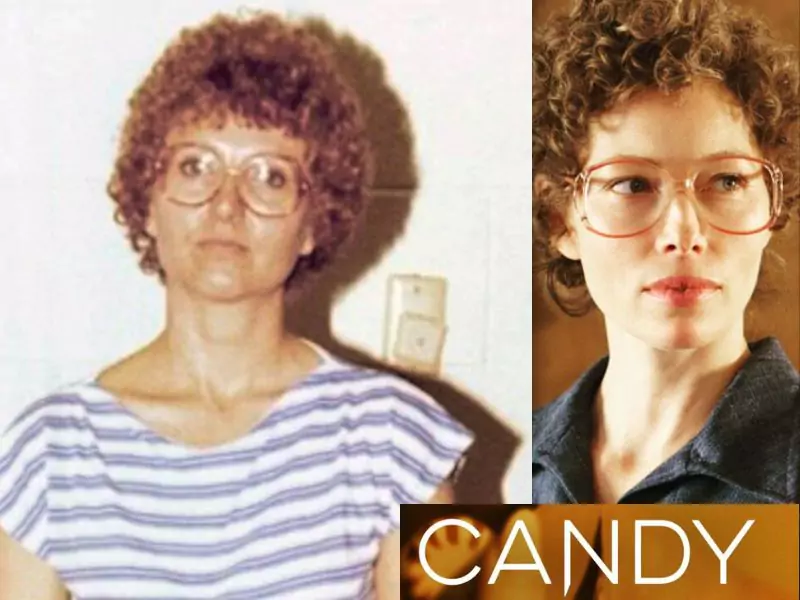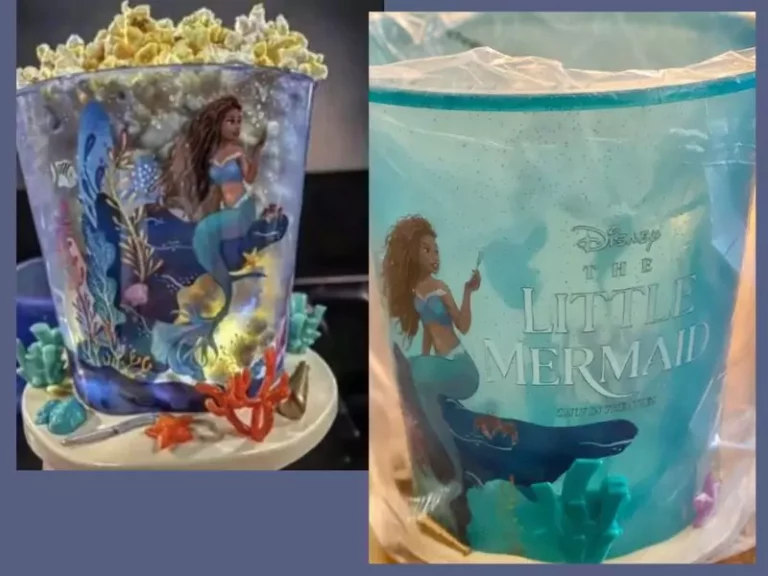
The Betty Gore murder case, a chilling and perplexing crime that occurred on a fateful Friday the 13th in June 1980, continues to captivate investigators and the public.
Betty Gore met a gruesome end, struck multiple times with an axe, leaving authorities initially believing she had been shot. As the investigation unfolded, the brutal nature of the crime became evident, with 28 of the 41 blows inflicted on her head.
This article delves into the details surrounding the Betty Gore murder case, exploring the actions of the perpetrator, the depiction in the film ‘Love & Death,’ and the eerie coincidences that have fascinated observers for decades.
Murder Details
Revealing the chilling details of the murder, Betty Gore was brutally attacked with an axe by Candy, striking her 41 times, 28 of which were on her head. Initially, it was believed that Betty had been shot due to the condition of her head. However, upon further examination, wounds on her face, head, hands, arms, torso, and legs confirmed the use of an axe during the attack. The brutality of the assault was evidenced by the sheer number of blows inflicted upon Betty’s body.
Not only did Candy inflict severe injuries upon Betty, but she also suffered injuries herself during the confrontation. Candy’s head and left foot’s middle toe were both wounded as a result of her attempt to strike Betty with the axe. This suggests a struggle between the two individuals, further highlighting the violent nature of the crime.

Candy’s Actions After the Murder
After committing the brutal murder of Betty Gore, Candy Montgomery’s actions were marked by attempts to clean the crime scene and evidence of panic. It is clear that Candy was in a state of panic after the murder, as traces of blood were found throughout Betty’s home, suggesting her hurried attempts to clean up. Reports indicate that Candy rinsed blood off herself in Betty’s bathroom, even taking a fully clothed shower, possibly in an effort to remove any evidence of her involvement in the crime.
The level of panic displayed by Candy is indicative of her realization of the severity of her actions and the potential consequences she may face. Her attempts to clean the crime scene suggest a desperate effort to erase any trace of her presence, further highlighting her state of panic. It is evident that Candy was not prepared for the aftermath of the murder and was driven by fear and panic in her actions.

Neglect and Unattended Baby
During the investigation of the Betty Gore murder case, the neglect and unattended state of Betty’s infant daughter, Bethany, highlighted the disregard for her well-being during the horrific event. It was discovered that Bethany had been left unattended for most of the day, raising concerns about her safety and care. When Betty’s neighbors entered her home, they found Bethany unharmed but crying in her crib, indicating that she had been left alone during the commission of the crime.
The fact that Bethany was left unattended for an extended period of time during such a traumatic event is deeply troubling. It demonstrates a lack of consideration for the welfare of an innocent child, as well as a disregard for basic parental responsibilities. The neglectful actions of Betty’s killer, Candy, further highlight the callousness and indifference towards the well-being of others.
Conclusion
What lessons can be learned from the neglect and unattended baby aspect of the Betty Gore murder case?
This tragic case highlights the importance of responsible parenting and the potential consequences of neglecting the welfare of a child. The fact that Betty’s infant daughter, Bethany, was left unattended for most of the day is a stark reminder of the dangers that can arise when caregivers fail to provide proper supervision. The neighbors’ discovery of Bethany crying in her crib before finding the crime scene underscores the urgent need for constant vigilance and attention when caring for young children.

Frequently Asked Questions
How Did Candy React When She Saw the Extent of Betty’s Injuries After the Murder?
Upon seeing the extent of Betty’s injuries after the murder, Candy’s reaction is not explicitly documented. However, reports suggest that Candy attempted to clean the crime scene and rinsed blood off herself in Betty’s bathroom, indicating a state of panic.
What Evidence Suggests That Candy Attempted to Clean the Crime Scene?
Evidence suggesting that Candy attempted to clean the crime scene includes traces of blood throughout Betty’s home, Candy rinsing blood off herself in Betty’s bathroom, and reports of Candy taking a fully clothed shower in the same bathroom.
Were There Any Witnesses to the Confrontation Between Candy and Betty?
There were no witnesses to the confrontation between Candy and Betty. The crime scene was discovered by neighbors who found Betty’s unattended baby crying in her crib before finding Betty’s body.
Did Candy Have Any History of Violent Behavior Prior to the Murder?
Candy’s history of violent behavior prior to the murder is not explicitly mentioned in the available information. However, the uncontrollable anger depicted in Love & Death suggests a possible pattern of aggressive behavior.
How Did the Discovery of the Newspaper With the Shining Poster at Betty’s Place Impact the Investigation?
The discovery of the newspaper with The Shining poster at Betty’s place added an eerie element to the investigation, raising questions about the significance of the date and potential influences on the perpetrator’s mindset.
Conclusion
In conclusion, the Betty Gore murder case remains a haunting and perplexing crime in criminal history. The brutal details of the murder, the impact on Betty’s daughter, and the actions of the perpetrator and those around them have captivated both investigators and the public for decades.
The depiction of the case in the film ‘Love & Death’ further adds to its mystique. With its eerie coincidences and neglect of the unattended baby, this case continues to fascinate observers and serves as a reminder of the dark depths of human nature.





